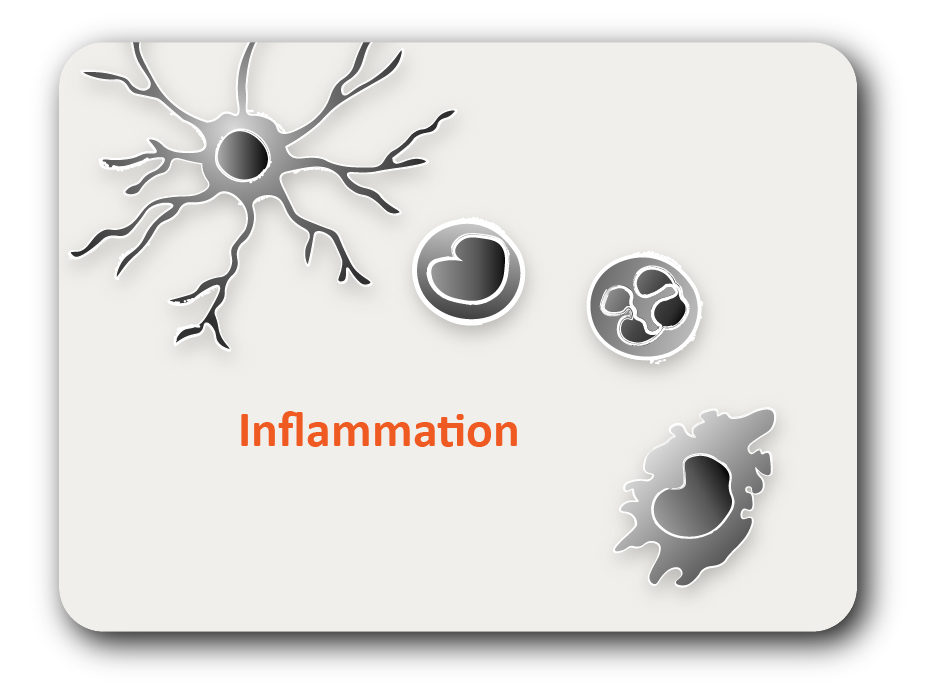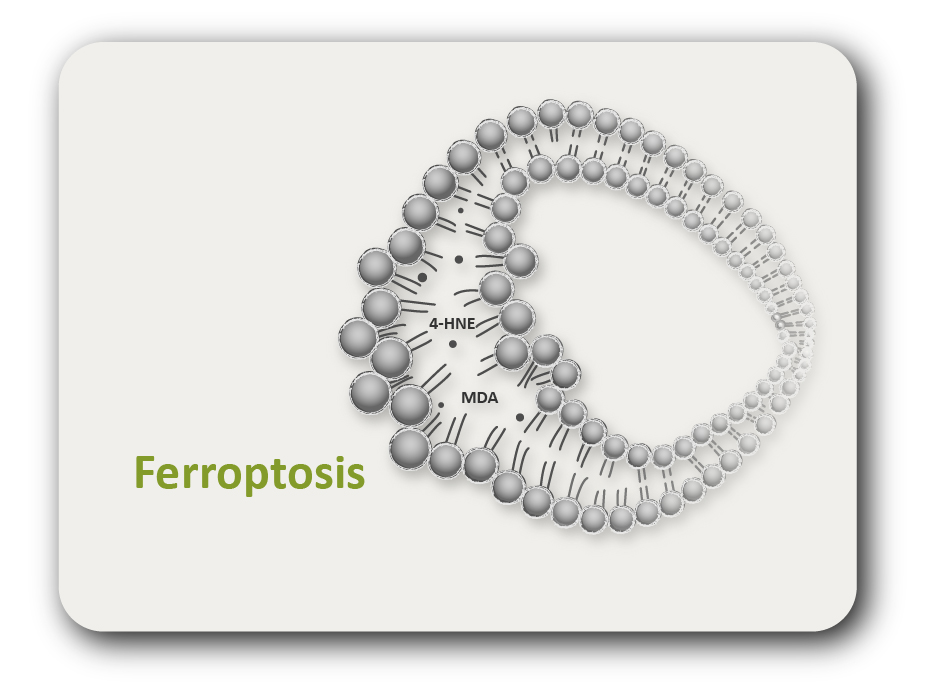ARG59080
anti-STK11 / LKB1 antibody
anti-STK11 / LKB1 antibody for ICC/IF,IHC-Formalin-fixed paraffin-embedded sections,Western blot and Human,Mouse,Rat
概述
| 产品描述 | Rabbit Polyclonal antibody recognizes STK11 / LKB1 |
|---|---|
| 反应物种 | Hu, Ms, Rat |
| 应用 | ICC/IF, IHC-P, WB |
| 宿主 | Rabbit |
| 克隆 | Polyclonal |
| 同位型 | IgG |
| 靶点名称 | STK11 / LKB1 |
| 抗原物种 | Human |
| 抗原 | Recombinant fusion protein corresponding to aa. 134-433 of Human STK11 / LKB1 (NP_000446.1). |
| 偶联标记 | Un-conjugated |
| 別名 | hLKB1; Serine/threonine-protein kinase STK11; Liver kinase B1; Renal carcinoma antigen NY-REN-19; LKB1; EC 2.7.11.1; PJS |
应用说明
| 预测反应性说明 | Rat | ||||||||
|---|---|---|---|---|---|---|---|---|---|
| 应用建议 |
|
||||||||
| 应用说明 | * The dilutions indicate recommended starting dilutions and the optimal dilutions or concentrations should be determined by the scientist. | ||||||||
| 阳性对照 | Mouse liver | ||||||||
| 实际分子量 | 57 kDa |
属性
| 形式 | Liquid |
|---|---|
| 纯化 | Affinity purified. |
| 缓冲液 | PBS (pH 7.3), 0.02% Sodium azide and 50% Glycerol. |
| 抗菌剂 | 0.02% Sodium azide |
| 稳定剂 | 50% Glycerol |
| 存放说明 | For continuous use, store undiluted antibody at 2-8°C for up to a week. For long-term storage, aliquot and store at -20°C. Storage in frost free freezers is not recommended. Avoid repeated freeze/thaw cycles. Suggest spin the vial prior to opening. The antibody solution should be gently mixed before use. |
| 注意事项 | For laboratory research only, not for drug, diagnostic or other use. |
生物信息
| 数据库连接 |
Swiss-port # Q15831 Human Serine/threonine-protein kinase STK11 Swiss-port # Q9WTK7 Mouse Serine/threonine-protein kinase STK11 |
|---|---|
| 基因名称 | STK11 |
| 全名 | serine/threonine kinase 11 |
| 背景介绍 | This gene, which encodes a member of the serine/threonine kinase family, regulates cell polarity and functions as a tumor suppressor. Mutations in this gene have been associated with Peutz-Jeghers syndrome, an autosomal dominant disorder characterized by the growth of polyps in the gastrointestinal tract, pigmented macules on the skin and mouth, and other neoplasms. Alternate transcriptional splice variants of this gene have been observed but have not been thoroughly characterized. [provided by RefSeq, Jul 2008] |
| 生物功能 | Tumor suppressor serine/threonine-protein kinase that controls the activity of AMP-activated protein kinase (AMPK) family members, thereby playing a role in various processes such as cell metabolism, cell polarity, apoptosis and DNA damage response. Acts by phosphorylating the T-loop of AMPK family proteins, thus promoting their activity: phosphorylates PRKAA1, PRKAA2, BRSK1, BRSK2, MARK1, MARK2, MARK3, MARK4, NUAK1, NUAK2, SIK1, SIK2, SIK3 and SNRK but not MELK. Also phosphorylates non-AMPK family proteins such as STRADA, PTEN and possibly p53/TP53. Acts as a key upstream regulator of AMPK by mediating phosphorylation and activation of AMPK catalytic subunits PRKAA1 and PRKAA2 and thereby regulates processes including: inhibition of signaling pathways that promote cell growth and proliferation when energy levels are low, glucose homeostasis in liver, activation of autophagy when cells undergo nutrient deprivation, and B-cell differentiation in the germinal center in response to DNA damage. Also acts as a regulator of cellular polarity by remodeling the actin cytoskeleton. Required for cortical neuron polarization by mediating phosphorylation and activation of BRSK1 and BRSK2, leading to axon initiation and specification. Involved in DNA damage response: interacts with p53/TP53 and recruited to the CDKN1A/WAF1 promoter to participate in transcription activation. Able to phosphorylate p53/TP53; the relevance of such result in vivo is however unclear and phosphorylation may be indirect and mediated by downstream STK11/LKB1 kinase NUAK1. Also acts as a mediator of p53/TP53-dependent apoptosis via interaction with p53/TP53: translocates to the mitochondrion during apoptosis and regulates p53/TP53-dependent apoptosis pathways. In vein endothelial cells, inhibits PI3K/Akt signaling activity and thus induces apoptosis in response to the oxidant peroxynitrite (in vitro). Regulates UV radiation-induced DNA damage response mediated by CDKN1A. In association with NUAK1, phosphorylates CDKN1A in response to UV radiation and contributes to its degradation which is necessary for optimal DNA repair. Isoform 2: Has a role in spermiogenesis. [UniProt] |
| 细胞定位 | Nucleus. Cytoplasm. Membrane. Mitochondrion. Note=A small fraction localizes at membranes (By similarity). Relocates to the cytoplasm when bound to STRAD (STRADA or STRADB) and CAB39/MO25 (CAB39/MO25alpha or CAB39L/MO25beta). Translocates to the mitochondrion during apoptosis. Translocates to the cytoplasm in response to metformin or peroxynitrite treatment. PTEN promotes cytoplasmic localization. Isoform 2: Nucleus. Cytoplasm. [UniProt] |
| 产品亮点 | Related products: STK11 antibodies; Anti-Rabbit IgG secondary antibodies; Related news: LKB1 deficiency in T cells promotes gut tumors |
| 预测分子量 | 49 kDa |
| 翻译后修饰 | Phosphorylated by ATM at Thr-363 following ionizing radiation (IR). Phosphorylation at Ser-428 by RPS6KA1 and/or some PKA is required to inhibit cell growth. Phosphorylation at Ser-428 is also required during neuronal polarization to mediate phosphorylation of BRSK1 and BRSK2 (By similarity). [UniProt] |
检测图片 (3) Click the Picture to Zoom In
-
ARG59080 anti-STK11 / LKB1 antibody ICC/IF image
Immunofluorescence: MCF-7 cells stained with ARG59080 anti-STK11 / LKB1 antibody.
-
ARG59080 anti-STK11 / LKB1 antibody IHC-P image
Immunohistochemistry: Paraffin-embedded Human colon carcinoma stained with ARG59080 anti-STK11 / LKB1 antibody at 1:100 dilution.
-
ARG59080 anti-STK11 / LKB1 antibody WB image
Western blot: 30 µg of Mouse liver lysate stained with ARG59080 anti-STK11 / LKB1 antibody at 1:1000 dilution.










